An Insightful Guide to Roofing Options and Smart Financing Tips in 2024
Funding a new roof is a significant investment, but with careful planning, it's manageably achievable.

Roofing is a significant investment, both in terms of time and money, and it's imperative to make an informed decision. With a plethora of options available, it can be challenging to determine which type of roofing is the best fit for your home or business.
From more traditional choices like asphalt shingles to modern solutions like solar shingles, the roofing industry offers a wide range of options to suit diverse needs and budgets. Moreover, financing a new roof doesn't have to be a daunting task. With careful planning and smart strategies, you can fund your roofing project without breaking the bank.
In this article, we will explore the various types of roofing materials available, discuss the trending options for 2024, and provide insightful roofing financing tips. Whether you are a homeowner looking to replace your existing roof or a business owner planning a new construction, this guide will equip you with necessary knowledge and tools to make the best roofing and financing decisions. So let's dive in!
Importance of Choosing the Right Roofing
Choosing the right roofing material is a critical decision that has far-reaching implications. The roof is not just about aesthetics, it's also a protective shield against weather elements. Homeowner John Smith from Texas learned this the hard way when he opted for a low-cost roofing material to save money. A severe storm left his home with significant damage, leading to costly repairs.
On the other hand, Mary Johnson from Florida wisely invested in a durable, weather-resistant roofing material. Despite living in a hurricane-prone region, her home has withstood several storms with minimal damage. She says, "The initial cost was high, but considering the durability and low maintenance, it was worth every penny."
Your choice of roofing material can significantly impact your home's energy efficiency too. Tom and Lisa, a couple from sunny California, opted for solar shingles. They not only reduced their environmental footprint but also slashed their energy bills.
Choosing the right roofing material also affects the property's value. A good quality, durable roof can significantly increase your home's resale value, as potential buyers often consider the condition and type of roof when making their buying decision.
In essence, investing in the right roofing material can save you money in the long run, increase your property's value, and provide peace of mind knowing your home is well-protected.
Detailed Guide to Roofing Types
Each type of roofing material comes with its own unique set of advantages and disadvantages, and the best choice depends on various factors such as the local climate, budget, architectural style, and personal preference. With that in mind, let's delve into the different types of roofing materials, their pros and cons, and estimated costs.
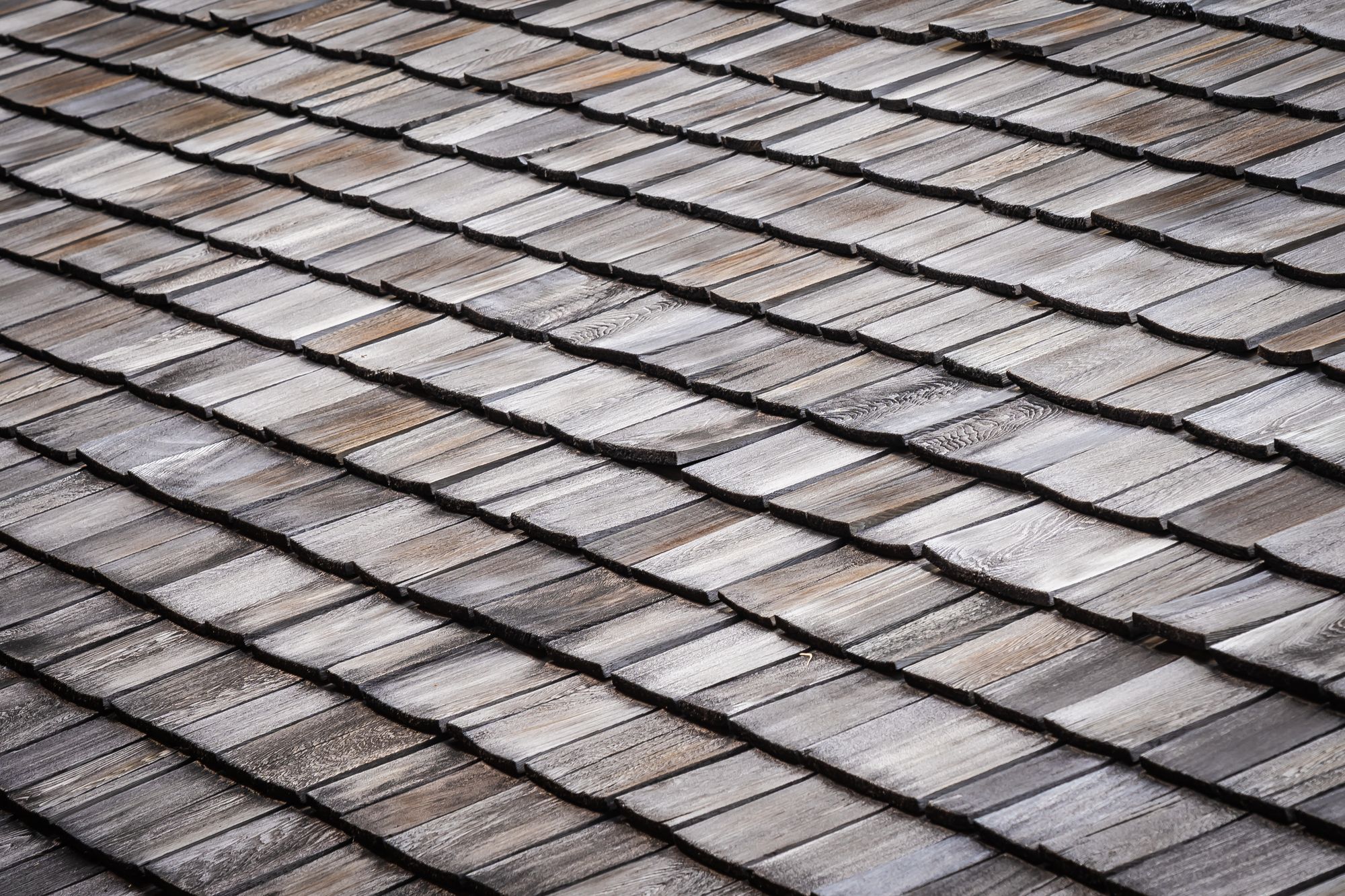
1. Asphalt Shingles
Asphalt shingles are a popular choice due to their affordability and ease of installation. They come in various colors and styles, but their lifespan is shorter than other materials, typically lasting 15-30 years. Their environmental impact is also a concern. Estimated cost: $70 - $150 per square.
2. Fiberglass Shingles
Fiberglass shingles are lightweight, fire-resistant, and durable. They offer good resistance to UV rays but lack insulation and can crack in cold weather. Estimated cost: $70 - $130 per square.
3. Composite Shingles
Composite shingles are a blend of several materials, making them durable and resistant to UV damage. However, they are pricier than asphalt or fiberglass shingles. Estimated cost: $400 - $600 per square.
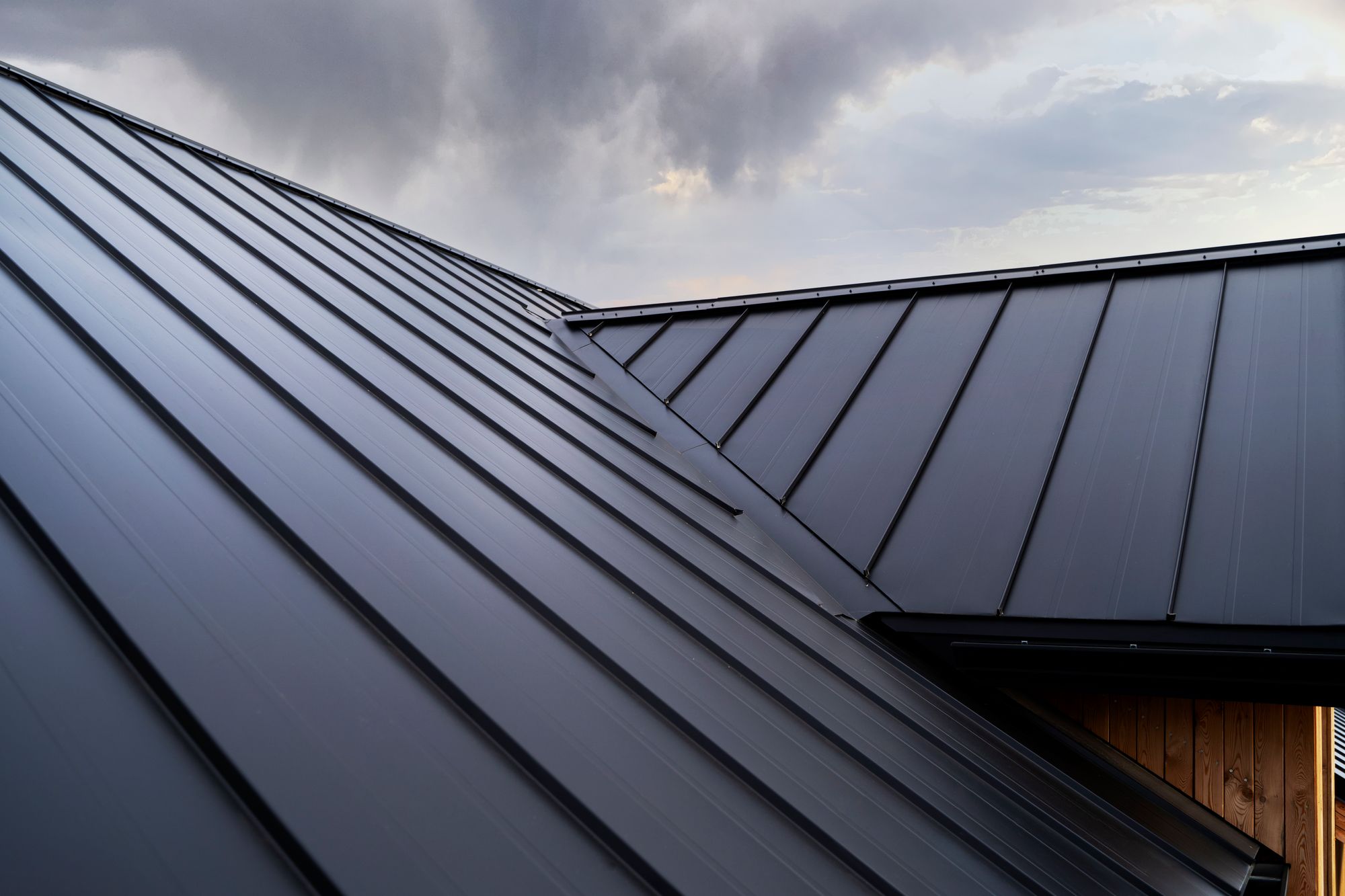
4. Metal Roofing
Metal roofs are praised for their durability, fire resistance, and low maintenance. They are also energy-efficient. However, they can be noisy during rain and hailstorms and may dent. Estimated cost: $120 - $900 per square.
5. Wood Roofing
Wood roofing offers natural beauty and excellent insulation but requires regular maintenance to prevent rot and mold. It is also less fire-resistant. Estimated cost: $250 - $600 per square.
6. Clay Tiles
Clay tiles are durable, fire-resistant, and aesthetically appealing. But they are heavy, requiring additional structural support, and are more expensive. Estimated cost: $600 - $800 per square.
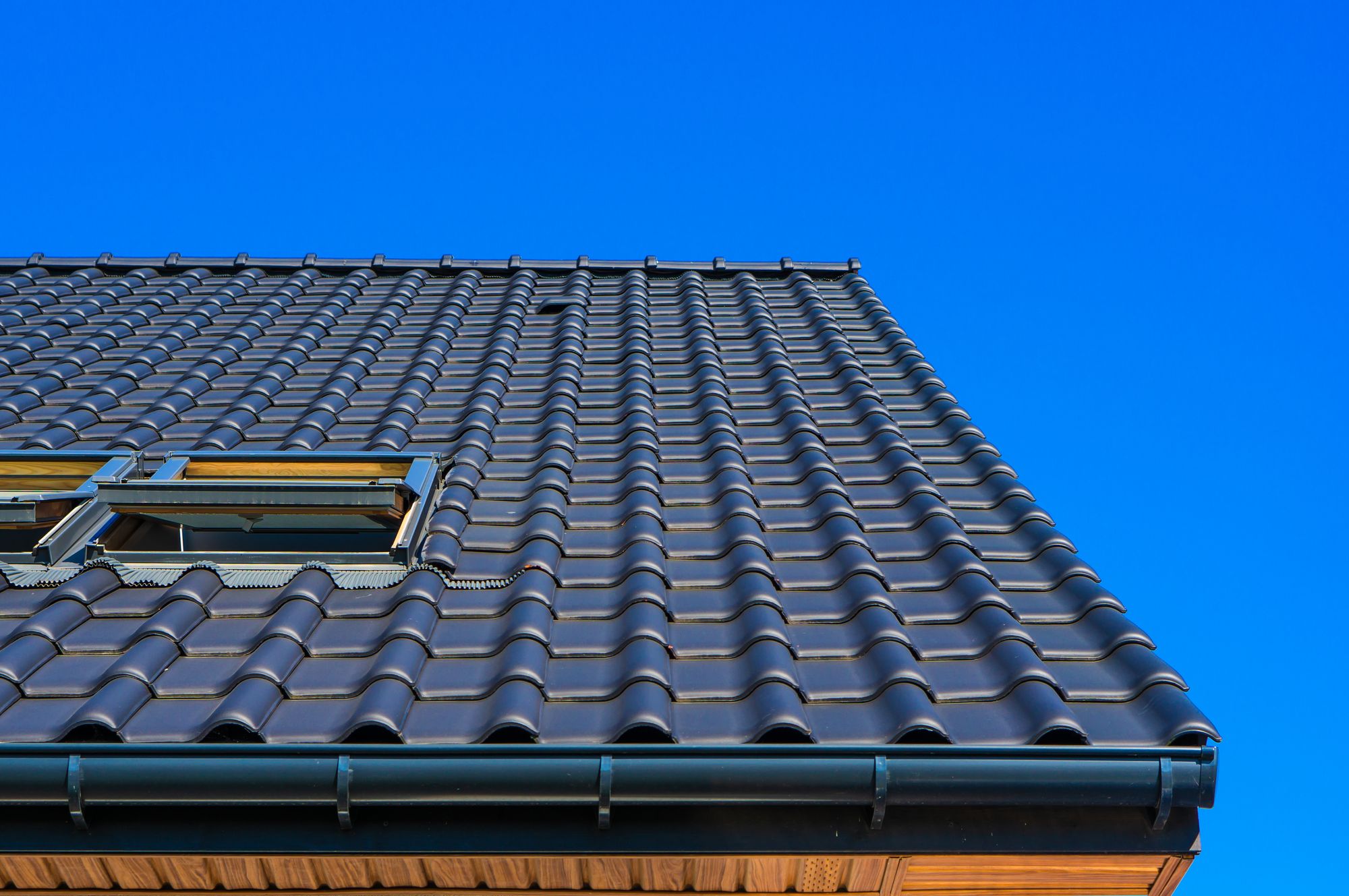
7. Slate Roofing
Slate roofing is extremely durable, can last up to 100 years, and is fire-resistant. It is environmentally friendly but expensive and requires professional installation. Estimated cost: $600 - $1,500 per square.
8. Solar Shingles
Solar shingles generate electricity, reducing energy bills, and are aesthetically modern. However, they are expensive to install and need a lot of sunlight to be effective. Estimated cost: $21 - $25 per square foot.
9. Rolled Roofing
Rolled roofing is the cheapest roofing material and easy to install. However, it is less durable and not suitable for steeply sloped residential homes. Estimated cost: $50 - $100 per roll.
Long-Term Maintenance and Care
Maintaining a roof over your head is an essential part of homeownership. Every type of roofing material has unique requirements for care and maintenance. Understanding these needs will help homeowners determine the ongoing costs and labor associated with their chosen roofing type.
1. Asphalt Shingles:
Asphalt shingles require regular inspection and cleaning. It's crucial to remove any moss, algae, or debris as these can trap moisture and cause damage. Damaged or missing shingles should be replaced promptly to prevent leaks. The average maintenance cost for Asphalt shingles can range from $300 to $500 annually, representing about 1-2% of the initial installation cost.
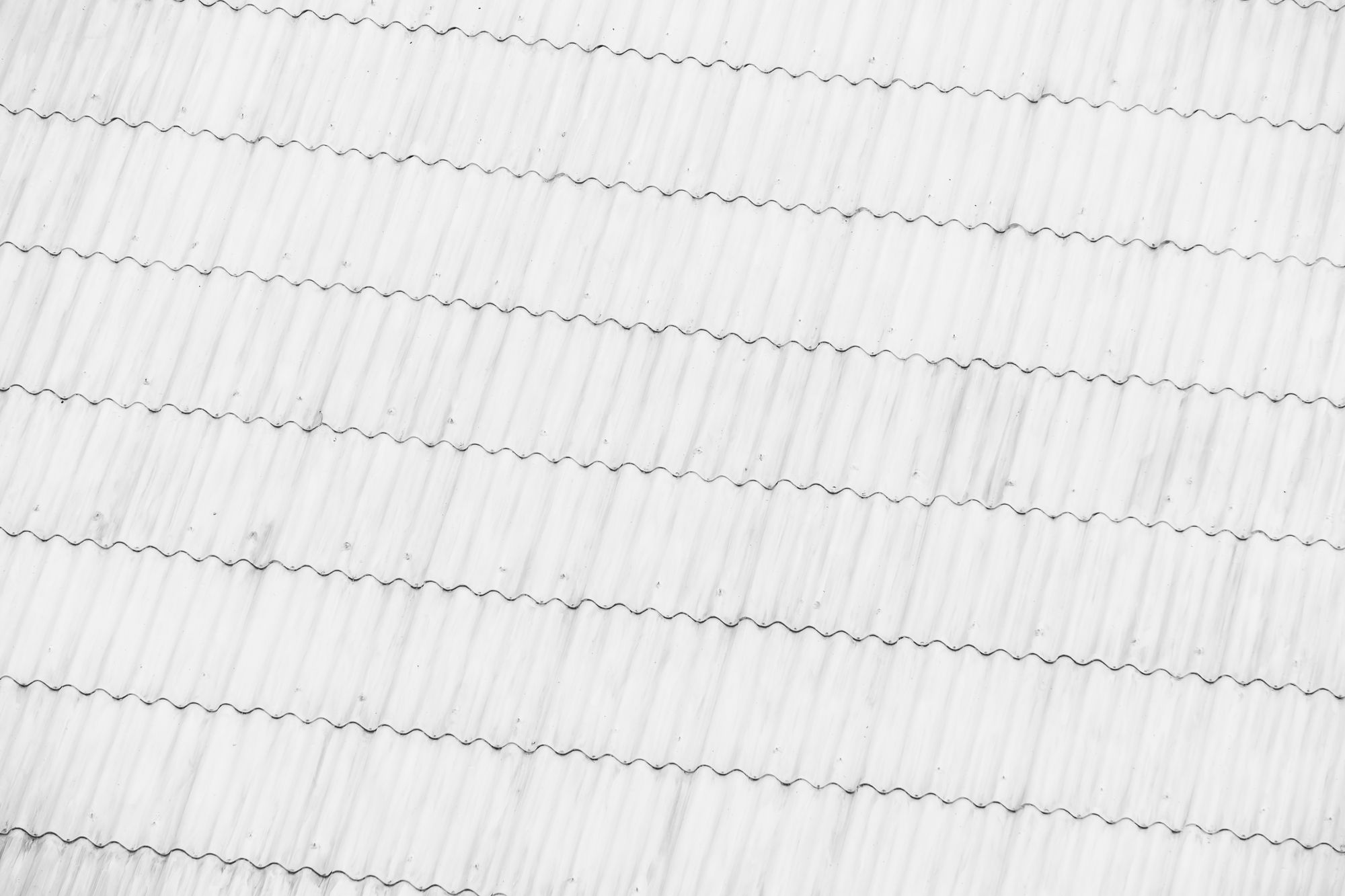
2. Fiberglass Shingles:
While durable, fiberglass shingles require regular inspections for damage from weather or other impacts. They should be cleaned periodically to remove debris. The maintenance cost for this type of roof is typically around 1-3% of the installation cost per year.
3. Composite Shingles:
These are relatively low maintenance. Regular cleaning and inspections for damage are the main requirements. Maintenance cost is typically around 1% of the total installation cost per year.
4. Metal Roofing:
Metal roofs are incredibly durable, but they should still be inspected for rust or damage. Fasteners and seams should be checked to ensure they remain sealed. The annual maintenance cost is typically around 1-2% of the initial installation cost.
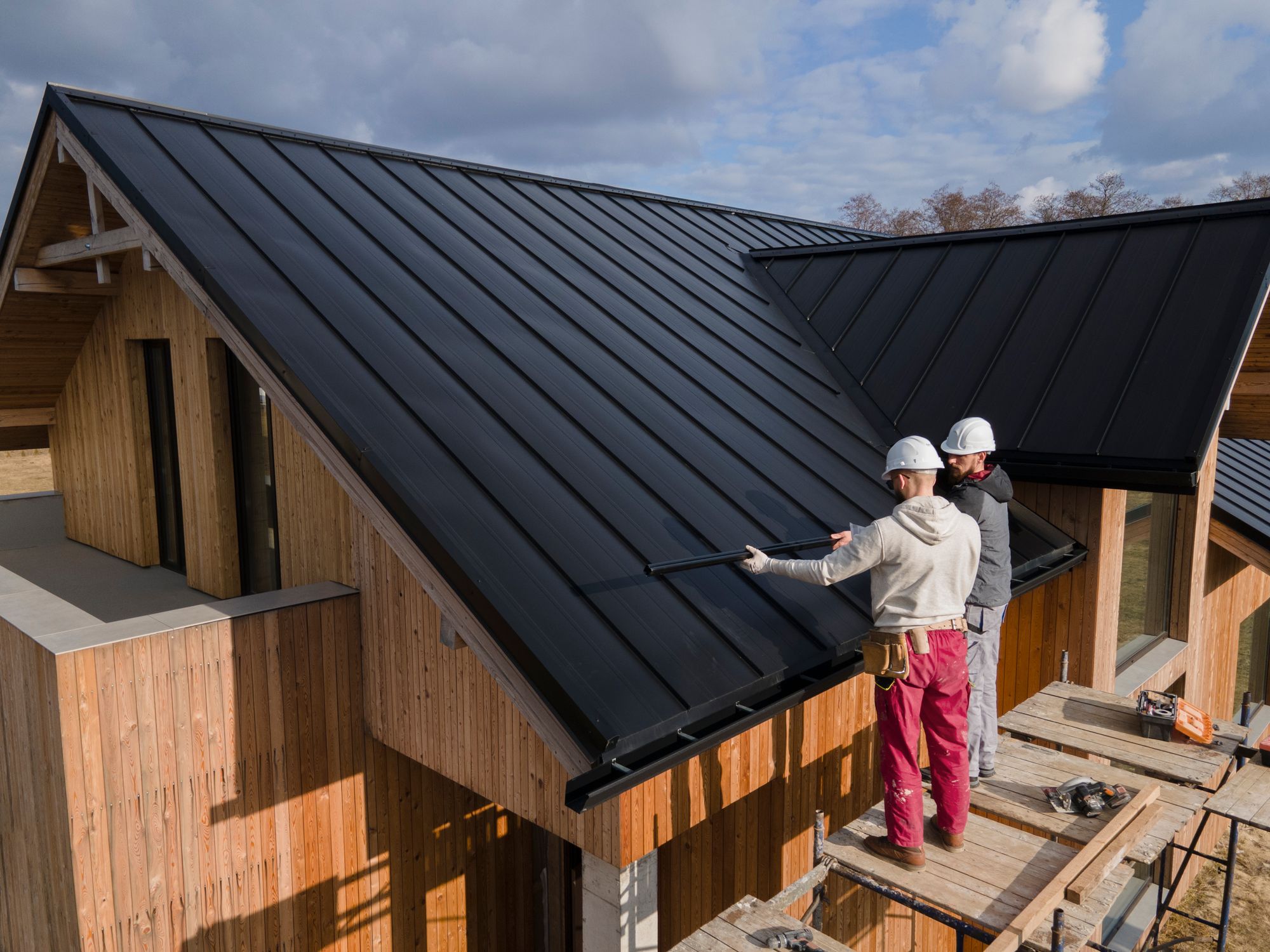
5. Wood Roofing:
Wood roofs require regular cleaning to prevent moss growth. Damaged or rotten shakes should be replaced promptly. The annual maintenance cost for wood roofs can reach up to 4% of the initial installation cost.
6. Clay Tiles:
Clay tiles need to be inspected for cracks or other damage. Any damaged tiles should be replaced immediately. The maintenance cost for clay tiles is around 2-3% of the initial installation cost per year.
7. Slate Roofing:
Like clay tiles, slate should be inspected for cracks. It's also important to check the flashing for deterioration. The annual maintenance cost is typically around 2-3% of the initial installation cost.
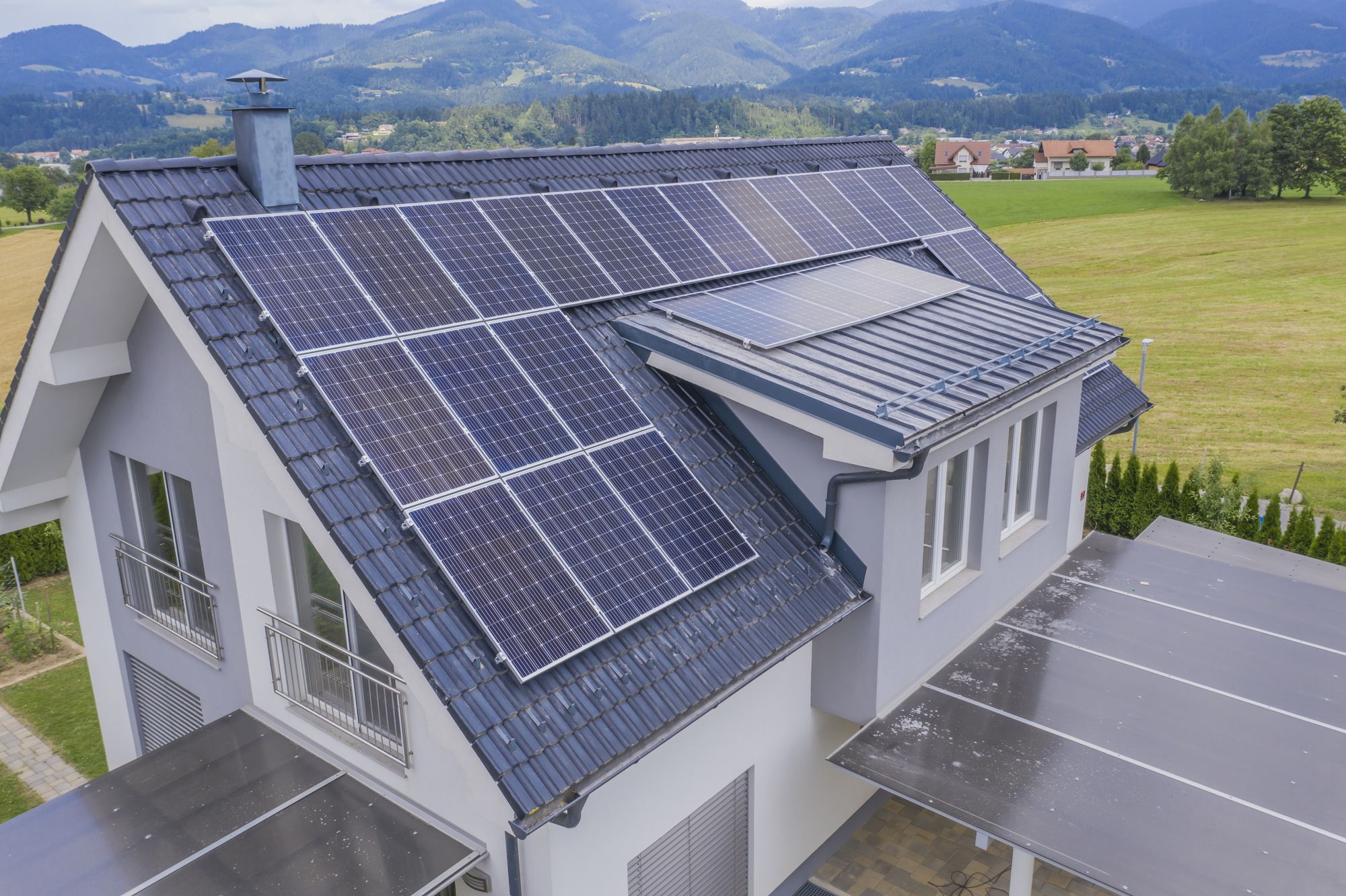
8. Solar Shingles:
Solar shingles should be cleaned regularly to ensure optimal energy production. They should also be inspected for damage. The maintenance cost is typically around 1-2% of the initial installation cost per year.
9. Rolled Roofing:
Rolled roofing requires regular inspections for damage or wear. Seams and flashing should be checked to ensure they remain sealed. The maintenance cost is typically around 1-3% of the initial installation cost per year.
Remember, these figures are estimates, and the actual costs can vary depending on factors like your location, the size and complexity of your roof, and the specific materials used. Regular maintenance can extend the life of your roof and prevent more costly repairs down the line.
Insurance and Warranty Considerations
The type of roofing material you choose impacts not only the aesthetic appeal and longevity of your roof but also factors like insurance premiums and warranties. Understanding these elements can help you make an informed decision and potentially save on long-term costs. This section will delve into how different roofing materials can affect insurance premiums and warranties.
1. Asphalt Shingles: Since asphalt shingles are prone to weather damage, insurance premiums can be higher. Warranties typically cover 15-30 years, depending on the manufacturer and installation quality.
2. Fiberglass Shingles: These shingles generally attract lower insurance premiums due to their fire-resistant properties. Warranties often range from 25-50 years.
3. Composite Shingles: The durable and versatile nature of composite shingles typically results in lower insurance premiums. They often come with warranties of up to 50 years.
4. Metal Roofing: Metal roofs may significantly lower insurance premiums because of their resistance to fire, wind, and hail. Warranties for metal roofing can extend up to 50 years.
5. Wood Roofing: Insurance premiums for wood roofs can be higher due to the risk of fire and damage from pests. Warranties usually cover up to 30 years.
6. Clay Tiles: Though clay tiles are durable and long-lasting, their susceptibility to breakage might lead to higher insurance premiums. They often come with warranties of up to 50 years or more.
7. Slate Roofing: Slate roofs have low insurance premiums due to their durability and longevity. Warranties can extend up to 100 years.
8. Solar Shingles: Insurance premiums for solar shingles can be higher due to the cost of the materials and their susceptibility to weather damage. Warranties usually cover the performance for 20-25 years.
9. Rolled Roofing: As these materials have a shorter lifespan and are prone to damage, insurance premiums can be higher. Warranties are typically shorter, usually around 5-8 years.
In conclusion, when considering roofing materials, it's essential to take into account potential insurance costs and the security of warranties. While cost-effective materials may seem attractive upfront, they may lead to higher insurance premiums and shorter warranties. Always read the fine print of any roof warranty to understand what is covered and for how long.
Roofing Material Comparison Table
When considering a roofing project, one of the most crucial decisions you'll make is selecting the right material. Each type of roofing material offers a unique combination of durability, cost, and aesthetic appeal. To assist you in making an informed decision, we've compiled a comparison table that breaks down the key aspects of the most popular roofing options available.
Please note that costs can vary widely based on region, the complexity of the roofing project, and the quality of materials chosen. The costs provided are general estimates, and the longevity figures represent typical lifespan ranges under normal conditions. It's always recommended to get a professional assessment for more accurate pricing and suitability for your specific situation.
|
Roofing Type |
Pros |
Cons |
Estimated Cost (per sq. ft.) |
Longevity |
|
Asphalt Shingles |
Affordable, widely available |
Shorter lifespan, susceptible to wind |
$1.50−$5.50 |
15-30 years |
|
Fiberglass Shingles |
Fire-resistant, lightweight |
Less durable in cold weather |
$1.50−$5.50 |
20-30 years |
|
Composite Shingles |
Eco-friendly, durable |
Can be more expensive than asphalt |
$4.00−$6.00 |
30-50 years |
|
Metal Roofing |
Long-lasting, energy-efficient |
Higher initial cost, noise during rain |
$6.00−$14.00 |
40-70 years |
|
Wood Roofing |
Natural look, can be energy efficient |
Requires maintenance, fire risk |
$4.50−$9.00 |
25-30 years |
|
Clay Tiles |
Durable, low maintenance |
Heavy, requires reinforced roof framing |
$10.00−$18.00 |
50-100 years |
|
Slate Roofing |
Extremely durable, fireproof |
Very heavy, expensive, tricky to install |
$15.00−$30.00 |
75-200 years |
|
Solar Shingles |
Generates electricity, modern look |
High cost, emerging technology |
$21.00−$25.00 |
20-30 years^ |
|
Rolled Roofing |
Inexpensive, easy to install |
Not very durable, less aesthetic |
$1.50−$2.50 |
5-10 years |
^The longevity of solar shingles as roofing material; the solar panels within the shingles often have longer warranty periods.
The prices mentioned above are average costs and can represent a significant part of your total roofing investment. Additionally, the longevity percentages are based on optimal conditions; actual service life can be affected by factors such as climate, maintenance, and installation quality. Always consult with a professional roofing contractor to get a more precise estimate and to determine the best roofing option for your home's needs and local climate conditions.

Trending Roofing Materials in 2024
As we move further into 2024, several roofing materials are standing out as favorites among homeowners and builders. The keyword "Best roofing materials 2024" is making the rounds in industry circles, and for good reasons.
Metal roofing continues to trend due to its durability, fire resistance, and energy efficiency. The demand for metal roofs, particularly those with cool-roof coatings that reflect more sunlight, is on the rise. These roofs help to reduce heat gain and could potentially lower cooling costs, making them a popular choice in areas with hot climates.
Solar shingles are also increasingly popular as more homeowners seek to reduce their carbon footprint and save on energy bills. These shingles generate electricity, making homes self-sufficient to a certain degree. While the initial cost is high, the long-term savings and environmental benefits make them a worthy investment.
Composite shingles are gaining traction for their durability and resistance to UV damage. Made from a blend of materials, they offer the aesthetic appeal of traditional shingles with added longevity and strength.
Finally, the interest in sustainable and eco-friendly roofing materials is growing. Recycled materials like rubber and plastic are being used to create roofing products that are durable, affordable, and environmentally friendly.
In conclusion, the best roofing materials in 2024 are those that offer durability, energy efficiency, and sustainability. With advancements in technology and growing environmental awareness, these trends are likely to continue shaping the roofing industry in the years to come.
Comprehensive Guide to Roof Financing
Roof replacement is a significant home improvement project that can be quite costly. However, homeowners have a variety of financing options to ease this burden. Here, we will offer some practical 'Roofing financing tips' to help you navigate the financial aspect of your roofing project.
1. Personal Savings:
The most straightforward financing method is using personal savings. This method avoids any interest costs or fees associated with loans. For example, John and Mary, a couple from Austin, had been setting aside a small portion of their income each month into a 'home improvement fund'. When it was time to replace their roof, they had enough savings to cover the costs outright.
2. Credit Cards:
Another option is using a credit card, particularly those offering a 0% introductory APR. This method can be beneficial if you can pay off the balance before the promotional period ends. Susan, a homeowner in Chicago, used her credit card to finance her new roof. She managed to pay off the entire balance in 12 months during her card's 0% APR introductory period.
3. Home Equity Loans:
Home equity loans are another option, providing a lump sum that is repaid over a set term. These loans use your home as collateral, and the interest paid may be tax-deductible. For instance, Mike from San Francisco financed his new roof through a home equity loan. He was able to deduct the interest from his taxes, making the loan more cost-effective.
4. Home Equity Line of Credit (HELOC):
A HELOC works similarly to a credit card, providing a line of credit based on your home's equity. You only pay interest on the amount you use. Robert and Lisa from New York used a HELOC to finance their roof replacement. They only drew on the line of credit as needed, which helped them manage their repayments more effectively.
5. Personal Loans:
Personal loans are another viable option. These loans don't require collateral, and you can usually receive the funds quickly. Samantha, a homeowner in Miami, took out a personal loan to finance her new roof. The quick approval process meant she could start her roofing project immediately.
6. Roofing Company Financing:
Some roofing companies offer financing options. These plans often involve monthly payments and competitive interest rates. For example, Tom from Denver financed his new roof directly through his roofing company. They offered him a competitive interest rate and a flexible repayment schedule.
In conclusion, there are many ways to finance a new roof. It's essential to consider your financial situation, the terms of the loan, and the potential interest and fees before deciding on the best option for you. With these 'Roofing financing tips', you can make an informed decision that suits your budget and needs.

Personal Roofing Loans
Personal roofing loans are a viable financing option for many homeowners planning a roof replacement or repair. They are essentially unsecured personal loans that you can use for any purpose, including roofing projects. Here's a closer look at how they work and why they might be a good choice.
1. What are personal roofing loans?
A personal roofing loan is a type of unsecured loan that homeowners can use to finance their roofing project. Being 'unsecured' means the loan doesn't require any collateral like your home or car. Instead, the lender bases their decision on your creditworthiness.
2. How do they work?
Like any other loan, once approved, you'll receive a lump sum that you can use to cover your roofing costs. You then repay the loan amount plus interest over a specified term, usually between one to seven years. The interest rate and terms will depend on your credit score and the lender's policies.
3. Why are they a good option?
Personal roofing loans can be a good option for several reasons. First, they typically have faster approval times, meaning you can get started on your roofing project sooner. Second, they don't put your home at risk since they don't require any collateral. Lastly, they offer flexible repayment terms, allowing you to choose a schedule that fits your budget.
In conclusion, personal roofing loans provide a flexible, quick, and low-risk way to finance your roofing project. However, it's crucial to make sure you understand the terms and can afford the repayments before taking out the loan.
SimpleDirect's Roofing Loans
SimpleDirect's Roofing Loans: Your Financial Partner in Home Improvement
SimpleDirect is committed to helping homeowners navigate the financial aspects of their roofing projects. We understand that a new roof is a significant investment, and our roofing loans are designed to make this process more manageable.
Our loans offer flexible terms and competitive interest rates, providing an affordable financing option. You can apply online within minutes and receive a decision quickly. Our aim is to help you start your project as soon as possible.
Moreover, at SimpleDirect, we believe in transparency. We clearly outline all costs, terms, and conditions associated with our loans, helping you make an informed decision. Our team is always ready to answer any questions and guide you through the process.
Investing in a new roof can add value to your home and enhance its curb appeal. Don't let financial constraints hold you back. Let SimpleDirect's roofing loans help you achieve your home improvement goals.
Begin your journey towards a new roof with SimpleDirect. Visit our website or contact us today to learn more about our roofing loans and how we can assist you. Your dream home is just a few clicks away!

Smart Ways to Fund a New Roof
When it comes to roofing projects, planning is key, and part of that planning involves determining the best way to finance the work. Here are some 'Smart ways to fund a new roof':
1. Start saving early: If you anticipate needing a new roof in a few years, start setting aside money now. Regularly contributing to a savings account can accumulate a substantial amount over time.
2. Utilize tax refunds: Consider using your annual tax refunds towards your roofing fund.
3. Explore financing options: Various financing options such as personal loans, home equity loans or lines of credit, and roofing company financing can help spread the cost over time.
4. Look for rebates and incentives: Some energy-efficient roofing materials may qualify for rebates or tax incentives.
5. Do a partial replacement: If possible, consider replacing your roof in stages. This strategy can make the project more financially manageable.
How to Handle Home Roof Financing
Handling 'Home roof financing' can feel overwhelming, but with careful planning, it can be manageable. Here's a step-by-step guide to tackling this task:
1. Assess Your Needs: Before you start, get a professional to inspect your roof and provide an estimate for repair or replacement. This will give you a clear idea of the costs involved.
2. Budget: Based on the estimate, create a budget. Include additional costs like labor, permits, and unexpected expenses.
3. Save: If possible, start saving money for the project. Even a small amount set aside each month can add up over time.
4. Explore Financing Options: Review different financing options such as personal loans, home equity loans, credit cards, and financing through the roofing company. Each has its own pros and cons, so choose the one that suits your financial situation best.
5. Apply for the Loan: Once you've chosen a financing route, apply for the loan. Ensure you understand the terms and conditions before signing any agreement.
6. Manage Repayments: Once the loan is granted, stick to your repayment plan. Late or missed payments can lead to penalties and negatively affect your credit score.
In conclusion, funding a new roof is a significant investment, but with careful planning, it's manageably achievable. Starting to save early, utilizing tax refunds, exploring various financing options, and seeking out rebates and incentives can all contribute towards your roofing fund. SimpleDirect's roofing loans offer a dependable and transparent solution for managing roofing costs. The importance of making informed financial decisions cannot be overstated, as it not only affects the quality of your roof but also your financial health in the long run. With the right approach and resources like SimpleDirect, your dream roof is within reach.
